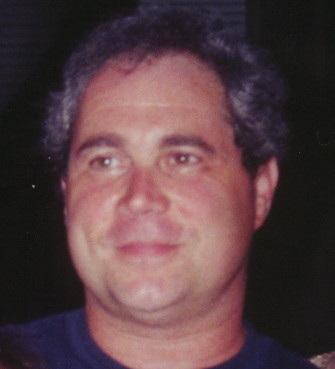Maple Trees
and Syrup Grading
Q: I have a couple of questions to ask. Where do maple trees grow at in the world? Do you know what New Yorks and Vermonts Grading for syrup are?
Tracy
A: Your question is further-reaching than you might have anticipated. The various maples (i.e., sugar maple, red maple, silver maple, etc.) have various native ranges, so you would have to look at each one individually.
For instance, the red maple (Acer rubrum) is one of the most abundant trees in the eastern part of North America. Its native range extends from southern Florida west to the eastern parts of Texas and Oklahoma, north as far as the Minnesota/Canada border, and northeast all the way up into Newfoundland. It's one of the most adaptive trees around, being able to tolerate many different soil types and pH's. So, you can see, it is a very hardy tree, with a very wide potential range.
Sugar maple (Acer saccharum) tends to be more of a northern and northeastern tree. It grows from southern Tennessee north to the U.S./Canada border, and northeast to Nova Scotia. As you can see, it has a smaller range than the red maple, tending to be found in the cooler climates of the Midwest and Northeast.
Silver maple (Acer saccharinum) grows anywhere from northeastern Canada west to Michigan, South Dakota and Arkansas, and south to Florida. However, its brittle wood makes it a less-than-ideal choice for planting, especially when there are better maples (like the sugar or red) available.
The main characteristic around which syrup is graded is color. Syrup that is lightest in color is given the highest grading, while the darker colors are given lower gradings. Color and flavor are closely related -- the full-bodied (darker) syrups are more flavorful but they are given a lower grading. This is perhaps unfortunate, as it is usually the flavor consumers seek out, but we give the less flavorful syrups the highest grades.
There are different names for the various levels, with no one system being dominant. Canada and the U.S. have different names for the different levels, and Vermont has its own. Vermont's gradings are, from lightest to darkest, Fancy, Medium Amber, Dark Amber, Grade B, Commercial and Substandard. This is almost the same as the U.S.'s grading system of 3 Grade A's (Light Amber, Medium Amber, and Dark Amber), plus Grade B for Reprocessing and Commercial.
Suffice to say, Light, Medium and Dark Amber are terms commonly used to describe the top 3 grades, while Grade B and Commercial are generally reserved for the thicker grades.
Ask our Arborist a question. E-Mail us at:
arbor@ClevelandSeniors.Com
Top of Page
Back to Trees
|








